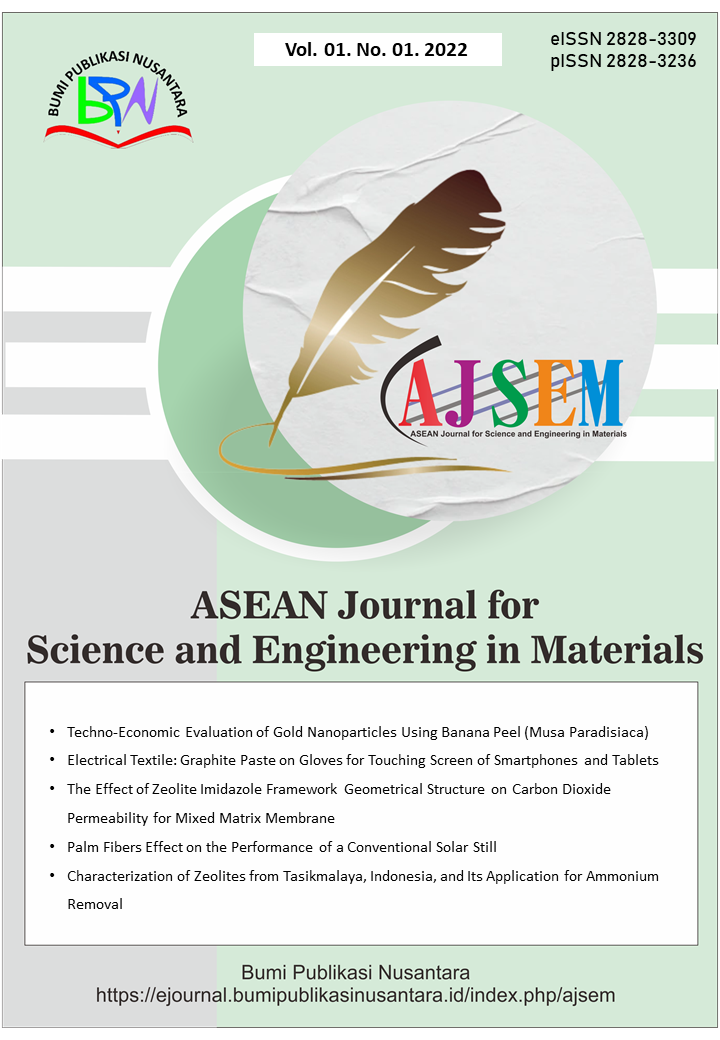Physicochemical Properties of Soil Ecosystem Polluted With Spent Engine Oil
 ), C. S. Ebulue(2),
), C. S. Ebulue(2),
(1) Federal University of Technology
(2) University of Benin
 Corresponding Author
Corresponding Author
Abstract
Keywords
References
Achuba, F.I. and Peretiemo-Clarke, B.O. (2008). Effect of spent engine oil on soil catalase and dehydrogenase activities. International Agrophysics, 22, 1-4.
Akubugwo, E.I., Chinyere, G.C., Ogbuji, G.C. and Nwabia, N.G. (2007). Studies on soil and Rivers in three communities affected by refined oil spillage in Isiukwuato Local Government Area, Abia State, Nigeria. Biotechnology and Allied Sciences, 2, 66-71.
Anoliefo, G.O. and Edegbai, B.O. (2000). Effect of spent engine oil as an oil contaminant on the growth of two eggplant species; Solanum melongena L. and S. incanum. Journal of Agricultural Forestry Fisheries, 1, 21-25.
Delille, D. and Pelletier, E. (2002). Natural attenuation of die¬sel-oil contamination in a subantarctic soil (Crozed. Island). Polar Biology, 25, 682–687.
Dominguez-Rosado, R.E. and Pichtel, J. (2004). Phytoremediation of soil contaminated with used motor oil. Environmental Engineering Science, 2, 157-168.
Ebere, J.U., Wokoma, E.C. and Wokocha, C.C. (2011). Enhanced remediation of a hydrocarbon polluted soil. Research Journal of Environmental and Earth Sciences, 3(2), 70-74.
Ezebuiro, P.E. (2004). A review of the effect of oil pollution in West African Environment. Journal of Environmental Science and Technology, 3, 313-320.
Jidere, C.M. and Akanmigbo, F.O.R. (2009). Hydrocarbon degradation in poultry droppings and cassava peels-amended. Typic paleustults in South Eastern Nigeria. Journal of Tropical Agriculture, Food, Environment and Extension, 8(1), 24-30.
Odjegba, V.J. and Sadiq, A.O. 2002.Effect of spent engine oil onthe growth parameters, chlorophyll and protein levels ofAmaranthus hybridus L. The Environmentalist, 22, 23-28.
Osuji, L. C., and Nwoye, I. (2007). An appraisal of the impact of petroleum hydrocarbons on soil fertility: the Owaza experience. African Journal of Agricultural Research, 2(7), 318-324.
Okolo, J.C., Amadi, E.N. and Odu, C.T.I. (2005). Effects of soil treatments containing poultry manure on crude oil degradation in sandy loam soil. Applied Ecology in Environmental. Research, 3 (1), 47-53.
Onwurah, I.N.E., Ogugua, V.N., Onyike, N.B., Ochonogor, A.E. and Otitoju, O. F. (2007). Crude oil spills in the environment, effects and some innovative clean-up biotechnologies.International Journal of Environmental Research, 1,307-320.
Osam, M.U., Wegwu, M.O. and Ayalogu, E.O. (2013). Soil pH, moisture content and some macro non-metallic elements in crude oil contaminated soils remediated by some wild-type legumes. International Journal of Engineering Science Invention, 2, 54-59.
Osubor, C.C. and Anoliefo, G.O. (2003).Inhibitory effect of spent lubrication oil on the growth and respiratory function of Arachis hypogea L. Benin Science Dig, 1,73-79.
Osuji, L.C. and Opiah, U.C. (2007). Hydrocarbon contamination of a terrestrial ecosystem: the case of Oshire-2 oil spill in Niger Delta, Nigeria. Springer Science+ Business Media, 27, 337-340.
Osuji, L.C., Adesiyan, S.O. and Obute, G.C. (2004). Post impact assessment of oil pollution Agbada-west plain of Niger Delta: Field reconnaissance and total extractable hydrocarbon content. Chemistry and Biodiversity, 1, 1569-1578.
Osuji, L.C. and Onojake, C.M. (2004). Trace heavy metals associated with crude oil: A case study of Ebocha-8 oil spill-polluted site in Niger Delta, Nigeria. Chemistry and Biodiversity, 1, 1708-1715.
Osuji, L.C. and Nwoye, I. (2007).An appraisal of the impact of petroleum hydrocarbons on soil fertility: the Owaza experience. African Journal of Agricultural Resources, 2(7), 318- 324.
Palese, A.M., Giovannini, G., Luches, S., Dumonte, S. and Perucei, P. (2003). Effect of fire on soil carbon, nitrogen and microbial Biomass. Agronomite, 24, 47–53.
Sztompka, E. (1999). Biodegradation of engine oil in soil. Acta Microbiology Polish, 489, 185–196.
Wang, X.P. and Bartha, R. (1990). Effects of bioremediation on residues, activity and toxicity in soil contaminated by fuel spills. Soil Biological Biochemistry, 22, 501-505.
Wang, J., Jia, C.R., Wong, C.K. and Wong, P.K., 2000.Characterization of polycyclic aromatic hydrocarbon created in lubricating oils. Water Air Soil Pollution, 120, 381-396.
Wyszkowska, J., Kucharski, J. and Wałdowska, E. (2002). The influence of diesel oil contamination on microorganisms and oat growth. Rost Vancouver, 48, 51-55.
Article Metrics
Abstract View : 1448 times
: 1448 times Download : 781 times
Download : 781 times
Refbacks
- There are currently no refbacks.
Copyright (c) 2022 Bumi Publikasi Nusantara

This work is licensed under a Creative Commons Attribution-ShareAlike 4.0 International License.









